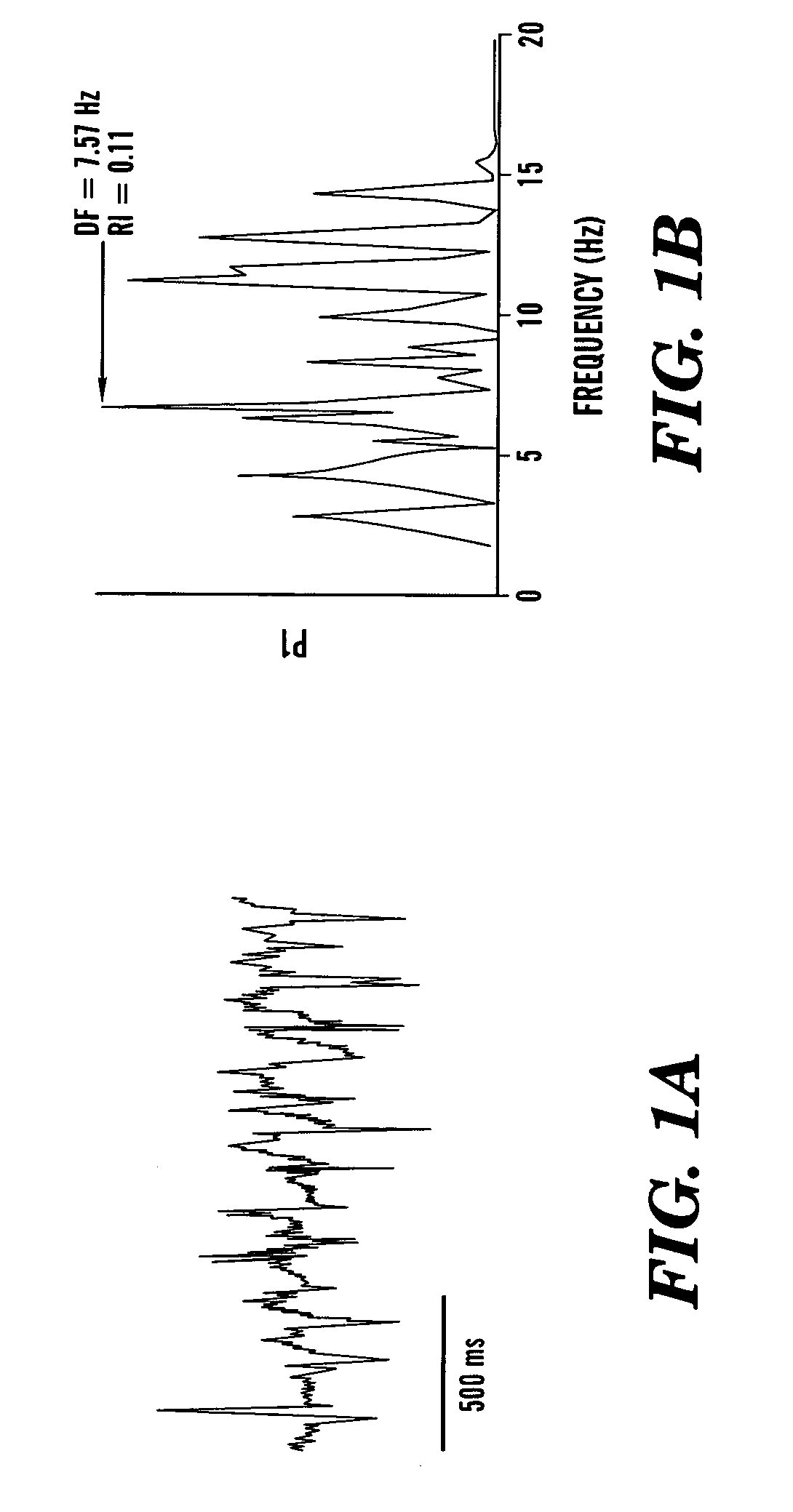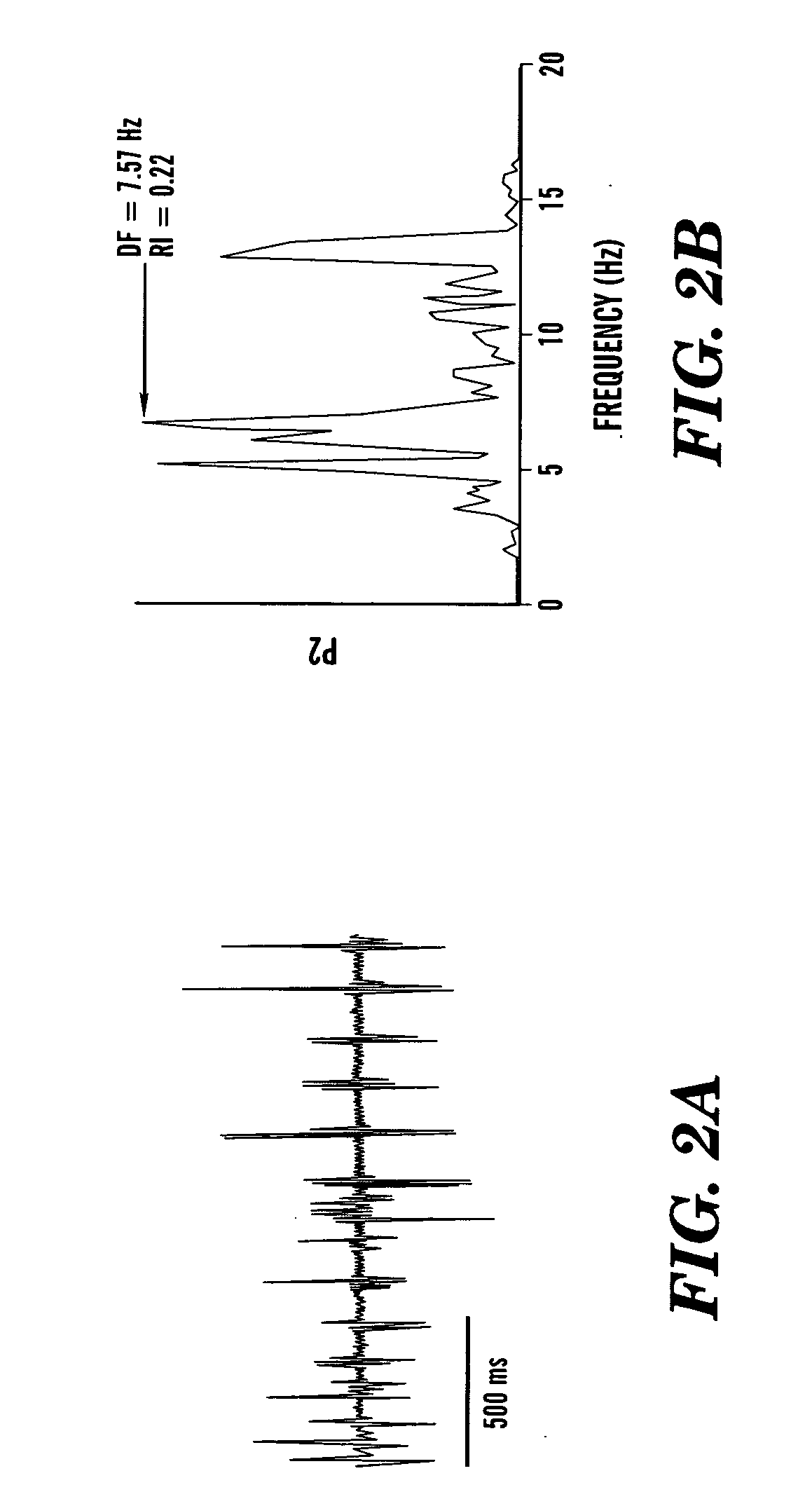Method and algorithm for spatially identifying sources of cardiac fibrillation
a technology of generative sources and methods, applied in the field of methods and algorithms for spatially identifying sources of cardiac fibrillation, can solve the problems of affecting the heart's ability to pump blood, and a two-fold increase in total and cardiovascular mortality, etc., and achieves the effects of rapid, efficient, and sensitiv
- Summary
- Abstract
- Description
- Claims
- Application Information
AI Technical Summary
Benefits of technology
Problems solved by technology
Method used
Image
Examples
Embodiment Construction
5a. The Heart and Fibrillation
[0041] As used herein, the term heart refers to a mammalian or human heart and includes but is not limited to its epicardial surfaces, endocardial surfaces, chambers, vessels, valves, nodes, conduction pathways, conduction bundles, muscles and allied structures.
[0042] As used herein, the term acquisition point refers to a point on or within the heart from which a unipolar and bipolar depolarization signal have been simultaneously acquired.
[0043] As used herein, the term fibrillation refers to all irregular rhythms of the heart having rates that are faster than the normal sinus rhythm rate of the heart, i.e., greater than about 40 beats per minute, including without limitation, atrial flutter, atrial fibrillation, ventricular flutter, ventricular fibrillation, monomorphic and polymorphic tachycardia, and torsade de point(s).
5b. Electrocardiogram
[0044] The electrical activity of the heart can be monitored because the action potential generated by a...
PUM
 Login to View More
Login to View More Abstract
Description
Claims
Application Information
 Login to View More
Login to View More - R&D
- Intellectual Property
- Life Sciences
- Materials
- Tech Scout
- Unparalleled Data Quality
- Higher Quality Content
- 60% Fewer Hallucinations
Browse by: Latest US Patents, China's latest patents, Technical Efficacy Thesaurus, Application Domain, Technology Topic, Popular Technical Reports.
© 2025 PatSnap. All rights reserved.Legal|Privacy policy|Modern Slavery Act Transparency Statement|Sitemap|About US| Contact US: help@patsnap.com



